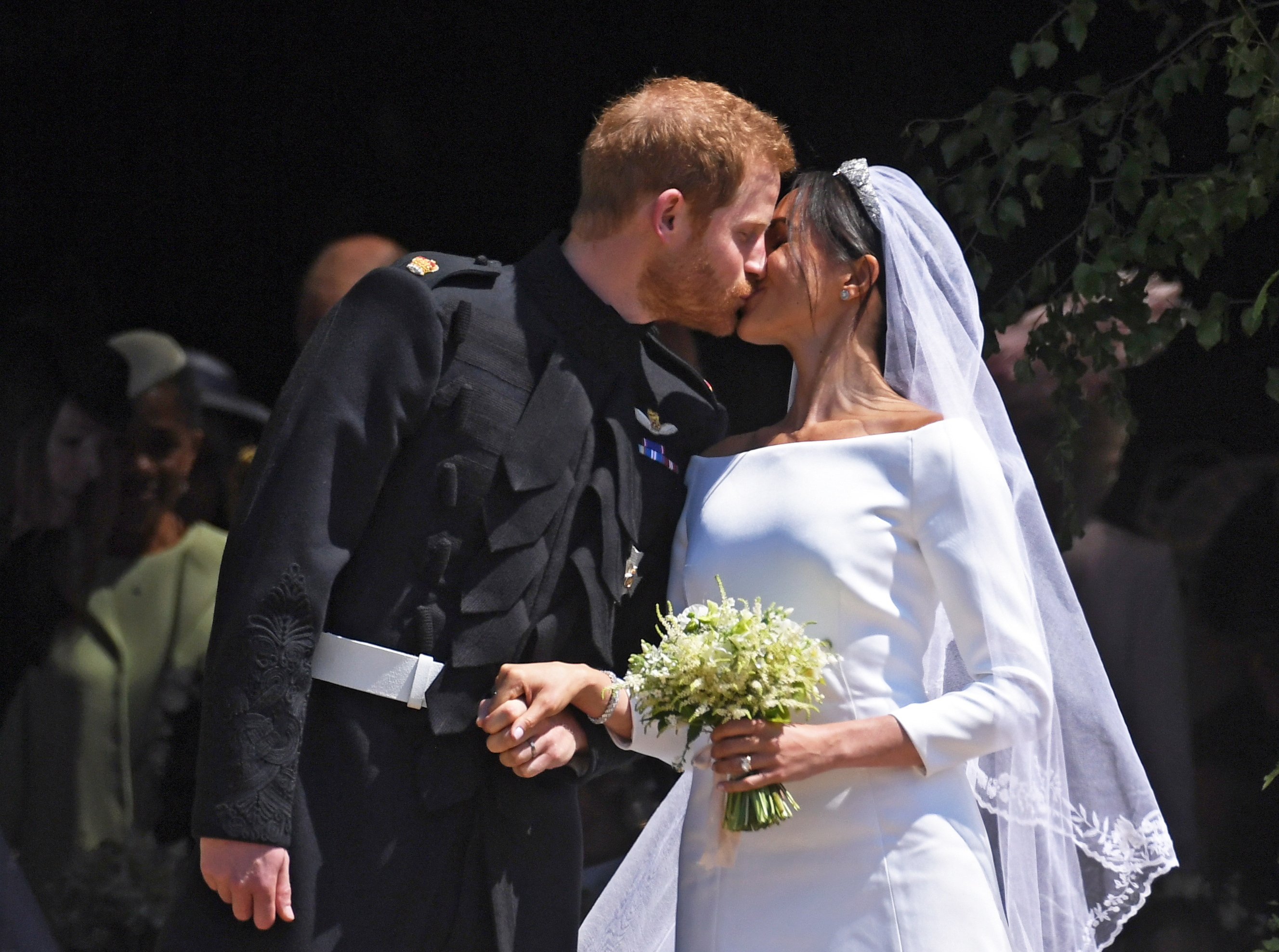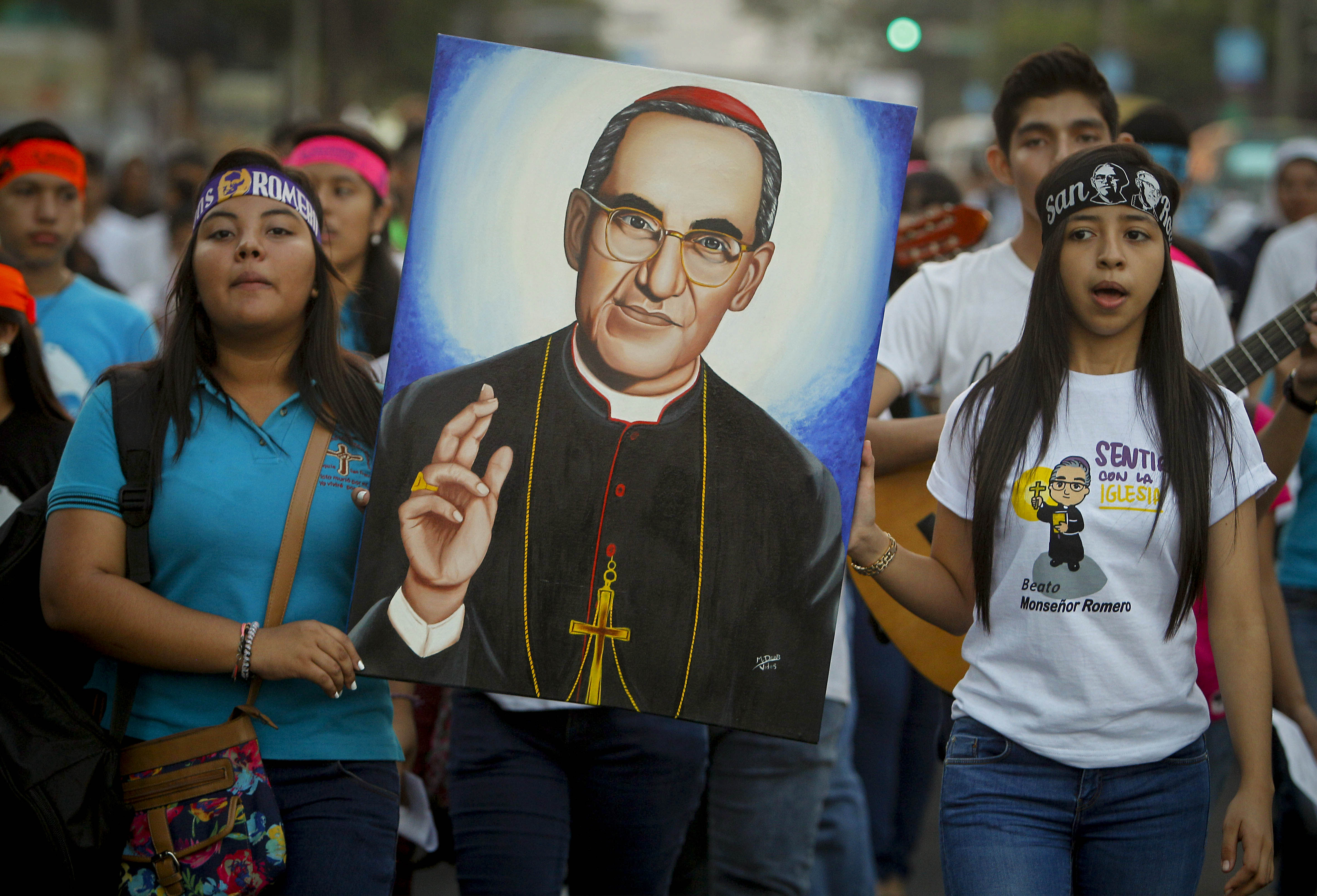Pope Francis has announced he will canonise Oscar Romero, the martyred former Archbishop of San Salvador, on 14 October in Rome.
The Latin American Pope made the announcement during a consistory gathering of cardinals in the Vatican on Saturday 19 May, adding that Romero would be declared a saint along with Pope Paul VI and four others.
The canonisation of the Salvadorean archbishop, expected to take place in St Peter’s Square, follows a long struggle to have Romero raised to the altars, a cause which had been blocked by powerful elements in Rome and San Salvador.
But Francis, the first Latin American Pope, pushed the obstacles to one side by recognising Romero as a martyr meaning that he could be beatified in 2015.
The ceremony in October will take place during the Synod of Bishops on young people, faith and vocational discernment, underlying how Francis regards both Paul VI and Romero as guiding lights for the contemporary church.
The pair might also be described as two pillars of his pontificate.
The former Archbishop of San Salvador, a champion of the oppressed and vocal critic of his country’s authoritarian right-wing government, was shot dead by a state-backed death squad while saying Mass in 1980.
His courageous leadership saw him run into opposition both inside and outside the Church, in ways that this Pope, whose own papacy has faced internal resistance, can relate to.
On the other hand Paul VI, who shepherded the 1962-65 Second Vatican Council through to its conclusion, is seen as a model for Francis for bringing forward reforms from within the Church’s tradition.
In an interview with The Tablet, Archbishop Vincenzo Paglia, the postulator of Romero’s cause, described the soon-to-be-saint as a martyr of Vatican II, which set the blueprint for the modern-day Church.
“I always kept my conviction that Romero was killed out of a hatred of a Church that the Second Vatican Council envisioned,” he explained.
“A Church that gives itself completely to help all men and women, starting with the poor. This is what he was a witness to.”
And, in keeping with the inclusive and ecumenical spirit that infused the council, he adds that Romero will be a saint for all Christians and for a globalised world.
Archbishop Paglia pointed out that Romero met Paul VI in Rome soon after the murder in 1977 of his friend, the Jesuit priest Rutilio Grande, who is now also on the way to sainthood. The murder had been the decisive moment for Romero, turning him from a cautious and hesitant leader into a courageous and radical critic of the brutal Salvadorean government.
“In the meeting they had, Romero showed Paul VI pictures of the priest’s killing,” Paglia said. “Paul VI saw them, he blessed them, and told Romero, ‘You are the archbishop, you are responsible for your people. Guide them until the end.’ And, I know through witnesses and close collaborators of Romero, that these words gave him an incomparable strength and energy.”
Soon after his death Romero became as an icon of the Church’s willingness to speak truth to power but attempts to make him a saint were repeatedly blocked by those who argued his death did not pass the tests for martyrdom.
According to Church teaching a martyr is someone who dies out of “hatred for the faith”, and some in Rome argued that Romero was killed for political reasons.
There were suspicions, however, that this was cover for their opposition to Romero’s radical message which would fuel the grass roots liberation theology movement sweeping across Latin America which the Vatican was initially wary of.
In reality, the Archbishop of San Salvador defied left or right categories: he was renowned for his rigorous prayer life and from initially being labelled a conservative he started to speak out against the government of the time when seeing the dead bodies of priests murdered for standing up to the state.
“The opposition was purely political, and about ecclesiastical politics,” Paglia continued.
“There were the bishops of the country; there were the cardinals of the Roman Curia, many personalities against Romero’s stance in the defence of his people. The opposers believed that Romero was an exponent of a left-wing church, of a [type of] liberation theology, something totally false. However, I can understand them in so far as the fact that Romero had also been used by a certain political leftwing as a sort of flag.”
In 2014, the Pope said that Romero’s cause had been blocked for “prudential reasons” by the Congregation for the Doctrine of the Faith but he had “unblocked it”.
Making someone a saint is a costly, bureaucratic and expensive process which along with a detailed examination of an individual’s personal holiness, requires two miracles to be authorised by a panel of Vatican appointed doctors, theologians and cardinals. The Pope then has the final say.
However, only one miracle was required for Romero' s canonisation, and none was necessary for beatification since he was a martyr.
In his case a miraculous intercession is believed to have saved a pregnant woman, Cecilia Maribel Flores, who was at risk of dying in childbirth. Three other purported miracles attributed to Romero were reportedly rejected by the Vatican’s Congregation for the Causes of Saints.
In Paul VI’s case, the two miracles attributed to his intercession involved the healing of unborn children who had been diagnosed with illness in the womb.
While the Catholic Church will declare Romero a saint in October, the Salvadorean archbishop’s sanctity has already been declared by the Anglican Church and he is venerated with a statue outside Westminster Abbey.
Similarities have been drawn with Romero’s story and that of Archbishop Thomas Becket who was murdered in Canterbury cathedral in 1170.
On the day that Romero was murdered at the altar, Archbishop Robert Runcie was installed as Archbishop of Canterbury and he insisted the ceremony was modified so he could pray for the murdered Archbishop of San Salvador on the spot where Becket had been martyred in a political murder 800 years before.



 Loading ...
Loading ...